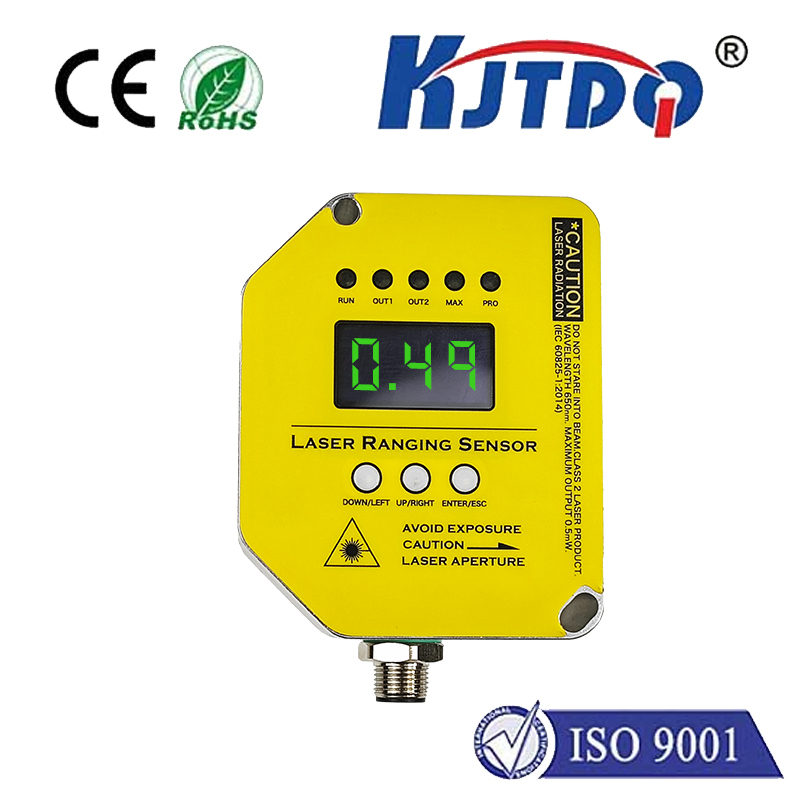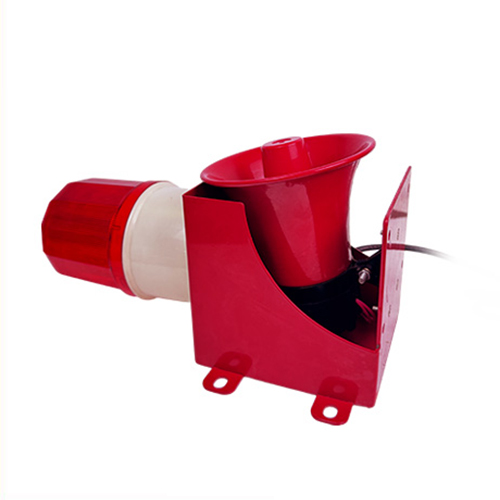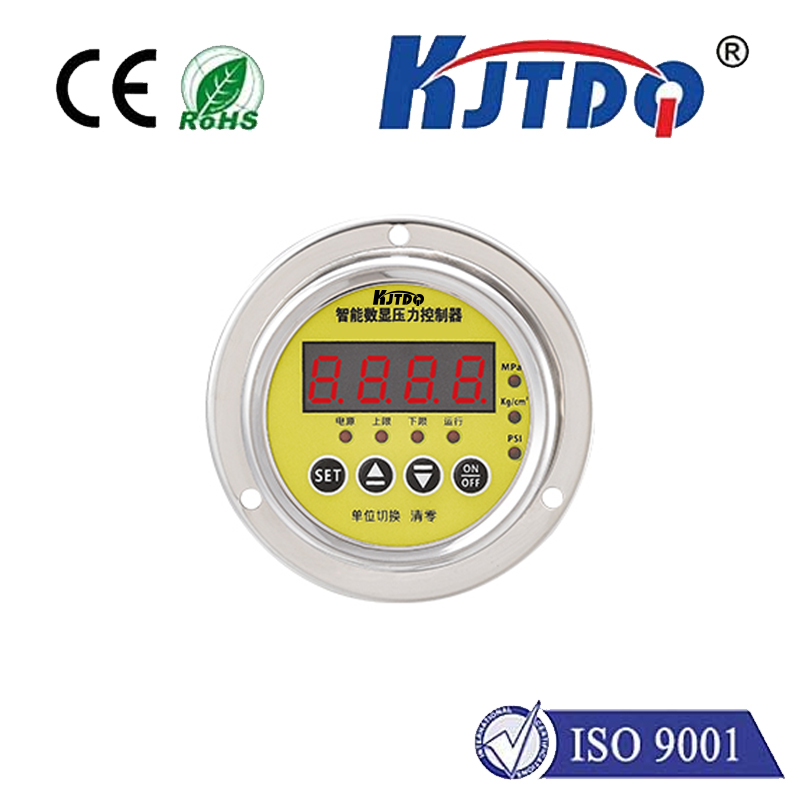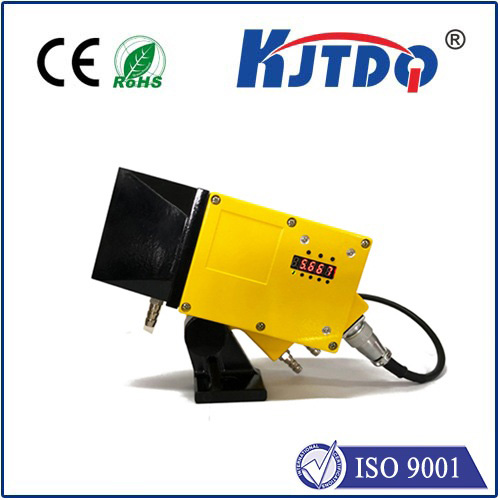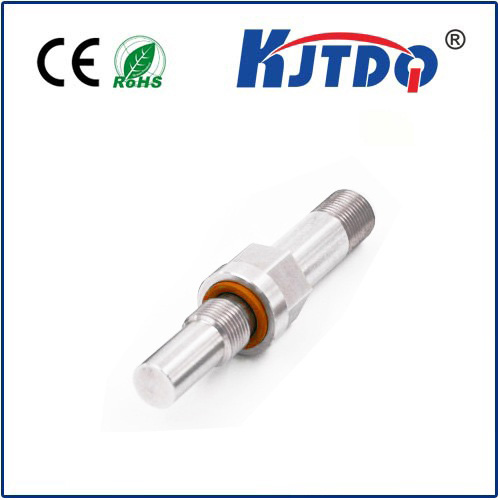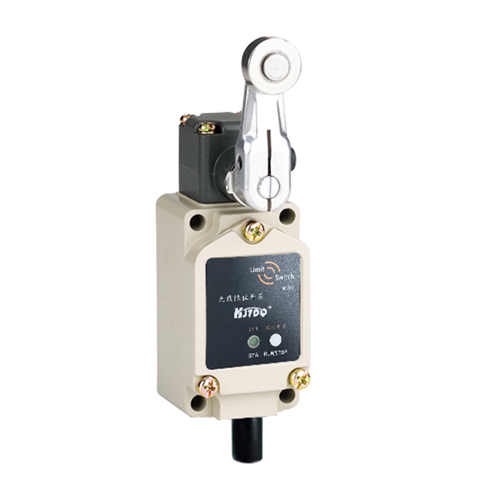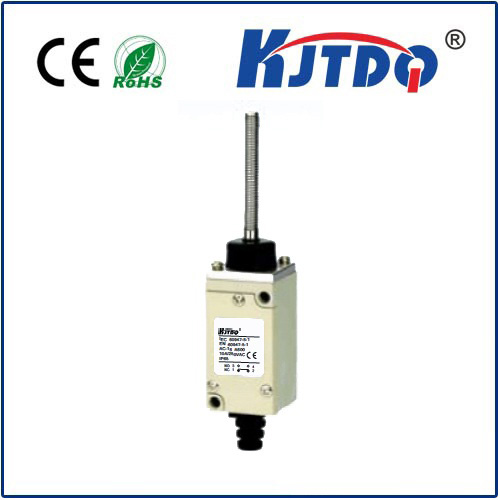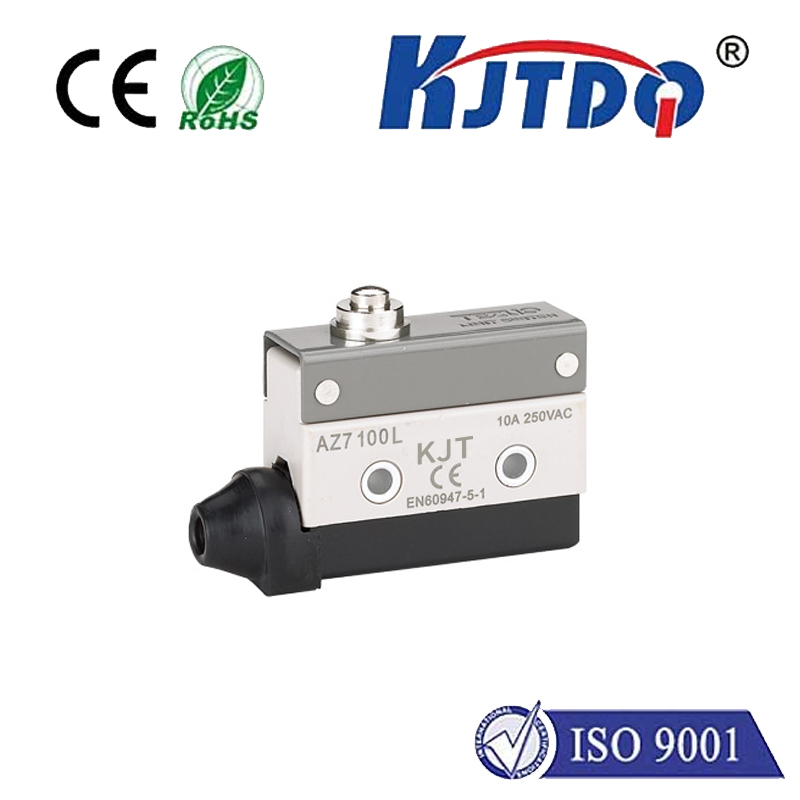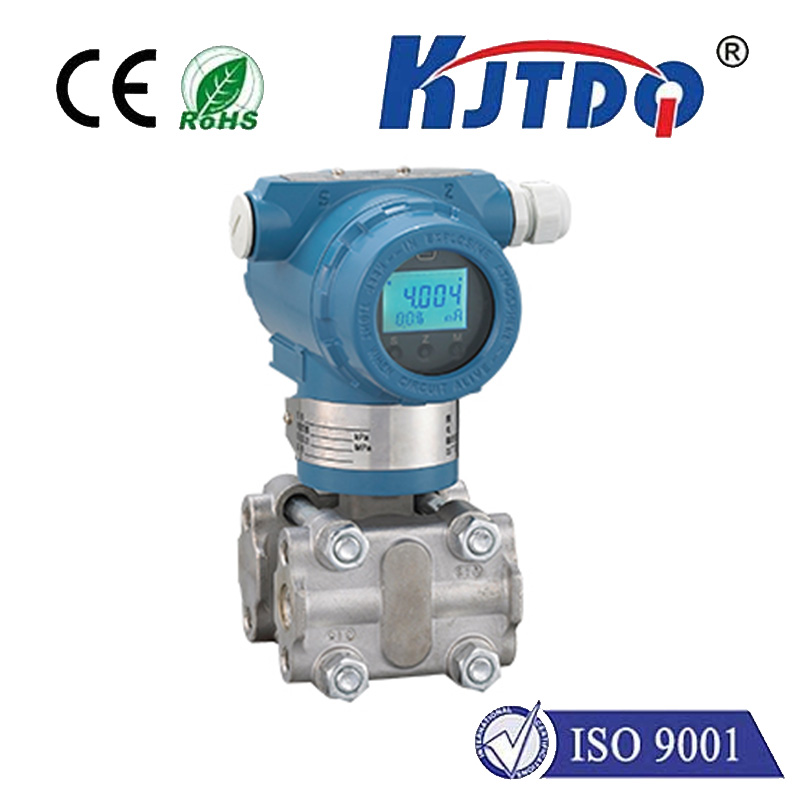m8 inductive sensor
- time:2025-07-06 00:06:04
- Нажмите:0
The Mighty M8: How Compact Inductive Sensors Power Modern Automation
Imagine a world where machines operate flawlessly, robotic arms move with pinpoint accuracy, and production lines hum with relentless efficiency. This isn’t science fiction; it’s the reality of modern industrial automation. And silently orchestrating much of this precision, hidden within machinery and production cells, are workhorses often no larger than a pencil eraser: the M8 inductive sensor. These unassuming devices are fundamental building blocks, acting as the “eyes” of countless automated systems by detecting the presence or absence of metallic objects without any physical contact. Understanding their role is key to appreciating the invisible intelligence driving industry forward.
What Exactly is an M8 Inductive Sensor?
At its core, an M8 inductive proximity sensor is a non-contact electronic switch. The “M8” designation refers specifically to its cylindrical threaded housing, boasting an 8mm diameter. This standardized size makes it incredibly versatile and easy to integrate into tight spaces or mount securely using its integrated threads. Unlike mechanical switches, it requires no physical touch to operate. Instead, it utilizes electromagnetic induction. Inside its compact housing resides an oscillator circuit generating a high-frequency electromagnetic field at its sensing face. When a metallic object (typically ferrous metals like iron or steel, or non-ferrous like aluminum, brass, or copper, depending on the sensor type) enters this field, eddy currents are induced in the target. These eddy currents absorb energy from the oscillator, causing its amplitude to decrease. This change is detected by the sensor’s circuitry, triggering a solid-state electronic switch (usually NPN or PNP transistor output) to change state – signaling the presence of the object to a controller like a PLC (Programmable Logic Controller).
Why Choose the M8 Form Factor? The Power of Compactness

The M8 inductive sensor punches well above its weight class. Its defining characteristic is its small footprint:
- Space Optimization: In densely packed control panels, robotic grippers, or miniature machinery, every millimeter counts. The M8 size allows sensor placement where larger alternatives simply wouldn’t fit, enabling more complex and compact designs.
- Weight Advantage: For applications involving moving parts, such as robotic arms or high-speed actuators, minimizing inertia is crucial. The lightweight nature of M8 sensors contributes to faster cycle times and reduced mechanical stress.
- Versatile Mounting: The threaded barrel provides robust and flexible installation options. It can be easily screwed into pre-tapped holes on machinery, mounted using standard M8 locknuts, or integrated into bespoke fixtures.
- Cost-Effectiveness (Often): While not always the absolute cheapest option, the high volume manufacturing of standardized M8 sensors often leads to competitive pricing, making them an economical choice for widespread deployment.
Core Advantages that Define Performance
Beyond its size, the индукционный датчик приближения principle itself offers significant benefits:
- Non-Contact Operation: Elimination of physical wear and tear translates directly to exceptional durability and a vastly longer operational lifespan compared to mechanical switches. No moving parts mean nothing to break from repeated impacts or vibration.
- High Reliability & Speed: Solid-state electronics enable incredibly fast response times, often measured in microseconds or milliseconds. This allows detection at very high speeds, essential for synchronizing assembly lines or monitoring fast-moving parts. Their immunity to physical contact ensures reliable operation millions of cycles.
- Robust Performance in Harsh Environments: Quality M8 sensors boast impressive resistance to dirt, dust, oil, and coolants. Sealed housings (commonly IP67 or IP68 rated) protect internal electronics, making them ideal for demanding factory floors, machine tools, and outdoor applications exposed to weather. They are generally unfazed by vibration or shock.
- Simplified Installation: The standardized design and straightforward wiring (typically 2 or 3 wires for DC versions) make installation and replacement quick and easy, minimizing downtime.
M8 Inductive Sensors in Action: Ubiquitous Applications
The versatility of the Компактный датчик приближения means you’ll find M8 sensors virtually everywhere automation exists:
- Position Verification: Confirming if a cylinder is extended/retracted, a part is fully seated in a fixture, or a slide has reached its end position.
- Object Detection & Counting: Sensing the presence of metal parts on conveyors, in chutes, or within assembly stations; enabling accurate part counting.
- Limit Switching: Replacing mechanical limit switches on slides, actuators, or doors for greater reliability and precision.
- Speed Monitoring: Detecting the teeth or lobes on rotating gears or shafts to calculate rotational speed.
- Machine Safety: Used within safety interlocks to confirm guards are closed or tools are safely retracted before machine operation.
- Robotics: Integral for end-effector positioning, gripper confirmation, and detecting workpiece presence within cluttered robotic cells.
Selecting the Right M8 Sensor: Key Considerations
While seemingly simple, choosing the optimal M8 inductive sensor requires attention to detail:
- Sensing Range: The rated operating distance (“Sn”). M8 sensors typically offer ranges from 1mm to 2.5mm for standard steel targets. Ensure the range meets the application’s physical clearance requirements.
- Flush vs. Non-Flush Mounting:
- Flush Mountable (Shielded): Can be embedded or mounted flush with metal surfaces without losing sensing capability. More common and easier to integrate.
- Non-Flush (Unshielded): Offers a slightly longer sensing range but requires a clear zone around the sensor face. More susceptible to surrounding metal interference.
- Target Material: Standard sensors are optimized for mild steel. Detectability decreases for non-ferrous metals like stainless steel, aluminum, or brass. Specific types exist optimized for non-ferrous detection or offer universal capability (Factor 1 sensors).
- Output Type:
- NPN (Sinking): Switches the negative (-) leg of the load to ground when active. Common in Asian/European systems.
- PNP (Sourcing): Switches the positive (+) leg of the load to the supply voltage when active. Common in North American systems.
- NO (Normally Open) / NC (Normally Closed): Defines the output state when no target is present. Choose based on control logic requirements.
- Environmental Ratings: Verify the IP rating (Ingress Protection – e.g., IP67, IP68, IP69K) for dust and water resistance, and temperature range suitability for the operating environment. Consider resistance to specific chemicals if relevant.
- Electrical Specifications: Match the operating voltage (commonly 10-30V DC) and current rating to the control system. Check cable length and connector type (pre-cabled or connector versions like M8 or M12).
The Future is Small and Smart
The evolution of the M8 inductive sensor continues alongside automation itself. Trends include enhanced noise immunity for electrically noisy environments, integration of basic diagnostics (like IO-Link compatibility even in small sizes), improved performance with challenging targets like thin foils or small screws, and even greater robustness. As machines become smarter and more interconnected, the reliable, compact датчик приближения remains an indispensable component, proving that sometimes, the most powerful solutions come in the smallest packages. Their silent, unseen vigilance is a cornerstone of the efficient, automated world we increasingly rely on.

